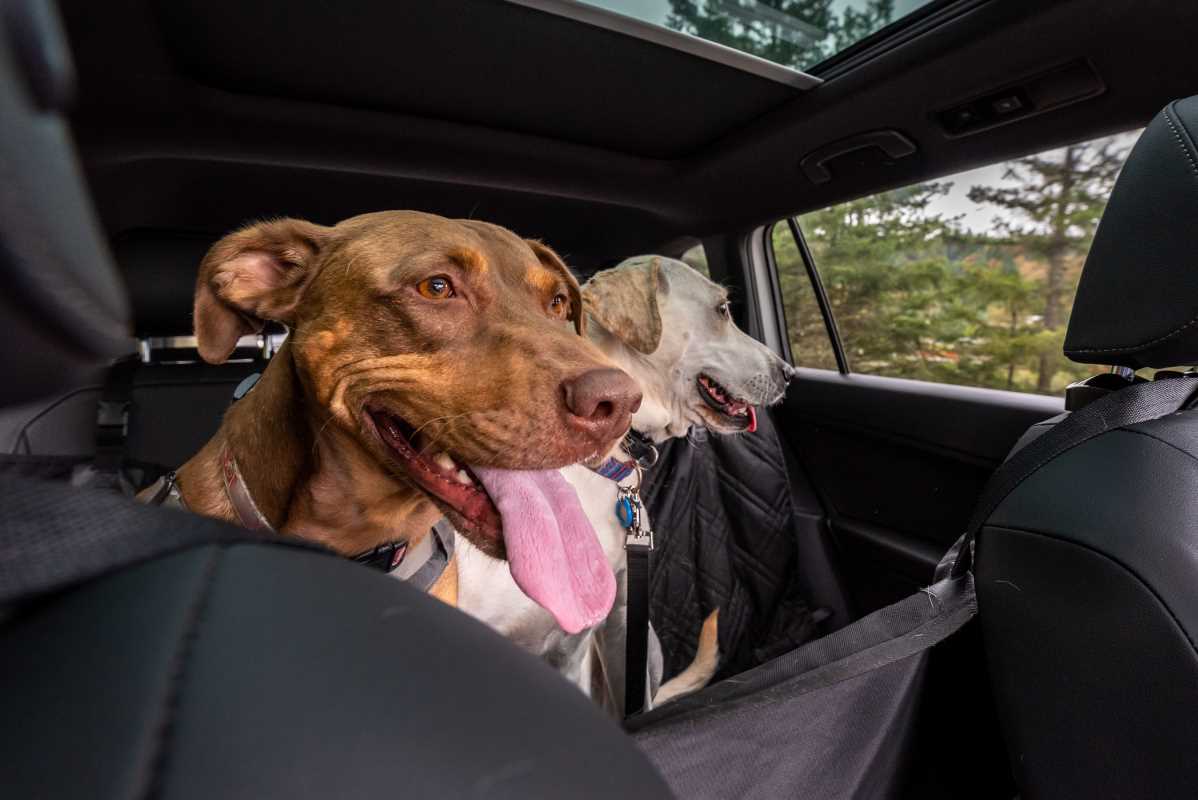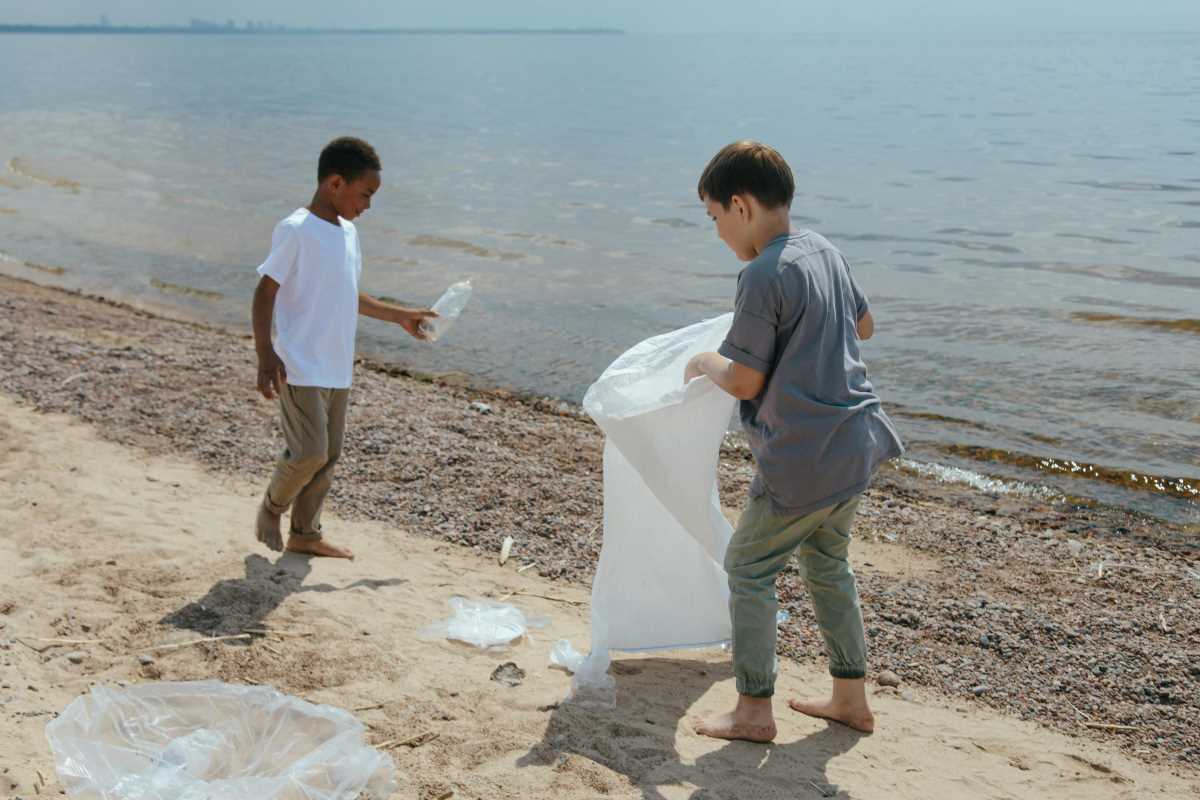Planning a shared getaway calls for creativity as you blend comfort, excitement, and a range of energy levels. Everyone, from the youngest children to the oldest grandparents, deserves to feel involved and valued during the trip. Blending homey touches with surprising experiences helps everyone make lasting memories together. Consider adding a few wellness breaks to your itinerary, replacing routine sightseeing with hands-on workshops that engage the senses, or organizing flexible days so each family member can set their own pace. These thoughtful choices help ensure that every traveler finds something to enjoy, making the adventure truly memorable for all ages.
Start by pinpointing experiences that go beyond age groups. Think sunrise canvas painting by the beach or interlocking photography scavenger hunts in a botanical garden. When each person returns with a single image, you build a collective story instead of competing highlight reels. This narrative approach turns a vacation into a living scrapbook, woven by voices of every age.
Creative Ways for Multi-Generational Travel
Skip the standard list of “must-see landmarks” and explore themed adventures that tap into diverse interests. Pair a grandparent’s childhood hobby with a youngster’s fascination—maybe an intergenerational pottery lesson or a family cook-off led by a local chef. These hands-on sessions encourage teamwork and help build new connections without overlooking physical needs.
View downtime as an active regrouping phase rather than an afterthought. For example, after a morning of easy trail walking, gather at a shaded pavilion for mobile storytelling. Each family member narrates a short anecdote using voice-recording apps, layering voices across devices. This simple tech-infused activity creates a living family archive while giving everyone a rest.
Use online directories dedicated to accessible getaways that match each person’s fitness level and interest. Instead of generic advice about zero-entry pools or ramped boardwalks, look for venues offering hybrid programming—like adaptive tai chi for seniors followed by obstacle-course variations for kids. The contrast keeps the day dynamic, yet accommodates mobility differences.
Key Resources and How to Use Them
- Adaptive Equipment Rental Platforms: These services connect travelers to devices such as beach wheelchairs or portable walking aids right at your destination. They eliminate the hassle of shipping or airline handling. First, search the platform for your travel region. Next, specify required device dimensions and features. Confirm local pickup or delivery dates. The cost generally ranges from $30 to $80 per day depending on gear. Tip: Reserve equipment at least two weeks ahead to secure models that suit both slender and sturdy users without last-minute swaps.
- Custom Audio Guide Apps: This tool offers downloadable, narrated tours you operate with a smartphone. Its unique advantage lies in adjustable playback speed and closed-caption displays that assist family members with hearing impairments. To begin, download the app and browse destinations, select your preferred language, then pin audio stops to a map. Many apps provide a free basic plan, with premium content unlocking at $5 to $10 per tour. Pro tip: Download all tracks over Wi-Fi and save them for offline use instead of relying on spotty cell coverage.
- Accessible Transport Booking Services: These services specialize in wheelchair-accessible vans or mini-buses. They stand out by offering door-to-door pickup with trained drivers. First, choose your travel dates and route; second, enter mobility needs and door width clearance; third, pay a deposit to secure the vehicle. Fares typically start around $1.50 per mile in urban areas, with flat rates for airport shuttles. Caution: Check vehicle height to avoid low overhangs at historic sites or parking garages.
- Multi-Generational Retreat Experts: A travel consultant or small agency designs customized itineraries for groups across ages. Their strength lies in combining the calendar availability of senior-friendly accommodations with kid-approved activities. To get started, schedule a video call to share dietary restrictions and mobility notes, receive a draft itinerary, then adjust dates or add excursions. Fees vary—some charge a flat $200 planning fee plus a commission on bookings. Insider tip: Ask for off-peak date options to access lower room rates and less crowded attraction slots.
- Accessible Lodging Platforms: These websites list properties rated on specific accessibility features beyond ground-floor rooms. They allow you to filter by bathroom grab bars, ramp gradients, and tactile signage. To use, select your destination, apply at least three filters for your key needs, review guest photos, and message the host. Pricing aligns with standard nightly rates in most markets, with no additional fees for accessibility listings. Pro tip: Request floor plans before booking to verify hall widths and bathroom turning radii instead of relying solely on descriptions.
Designing Flexible Itineraries for Different Paces
Not every day needs a fixed schedule. Create a template that pairs two main activities—one outdoors, one indoors—with buffer periods for naps, reading, or spontaneous detours. Label each activity with a simple code: “A” for high-energy, “B” for moderate, and “C” for calm. Let each traveler pick one activity per slot, then regroup for shared meals or evening games.
For example, morning “A” might be a zip-line canopy tour for adventurous teens, while “C” could be guided birdwatching for elders. After lunch, combine those groups into a communal pottery class. This adaptable setup ensures everyone participates in familiar activities before exploring new interests—no one feels stuck with a single pace.
Suggestions for Making Every Generation’s Experience Richer
- Assign younger family members to interview seniors about past travels, recording audio snippets. Then, have grandparents quiz youngsters on modern attractions via a photo-journal quiz. This role reversal fosters empathy across ages.
- Encourage each family member to collect a small token—like a sand sample or local recipe card—during each activity. At the trip’s end, assemble these items into a digital slideshow narrated by participants.
- Alternate between easy-access cafes with ramps and chef-led workshops where everyone pitches in. This approach balances dietary preferences and energy levels.
- Schedule brief, device-free social times under shaded pavilions or hotel lounges. Encourage quiet crafts such as simple sketching or jigsaw puzzles that engage both children and seniors without heavy gear.
- Transform a ferry ride into a mini-adventure by spotting wildlife or sketching passing landscapes. Use portable binoculars and coloring pads to turn travel time into shared discovery rather than just transit.
With careful planning and the right resources, you create trips where every generation feels included and looks forward to future adventures.







